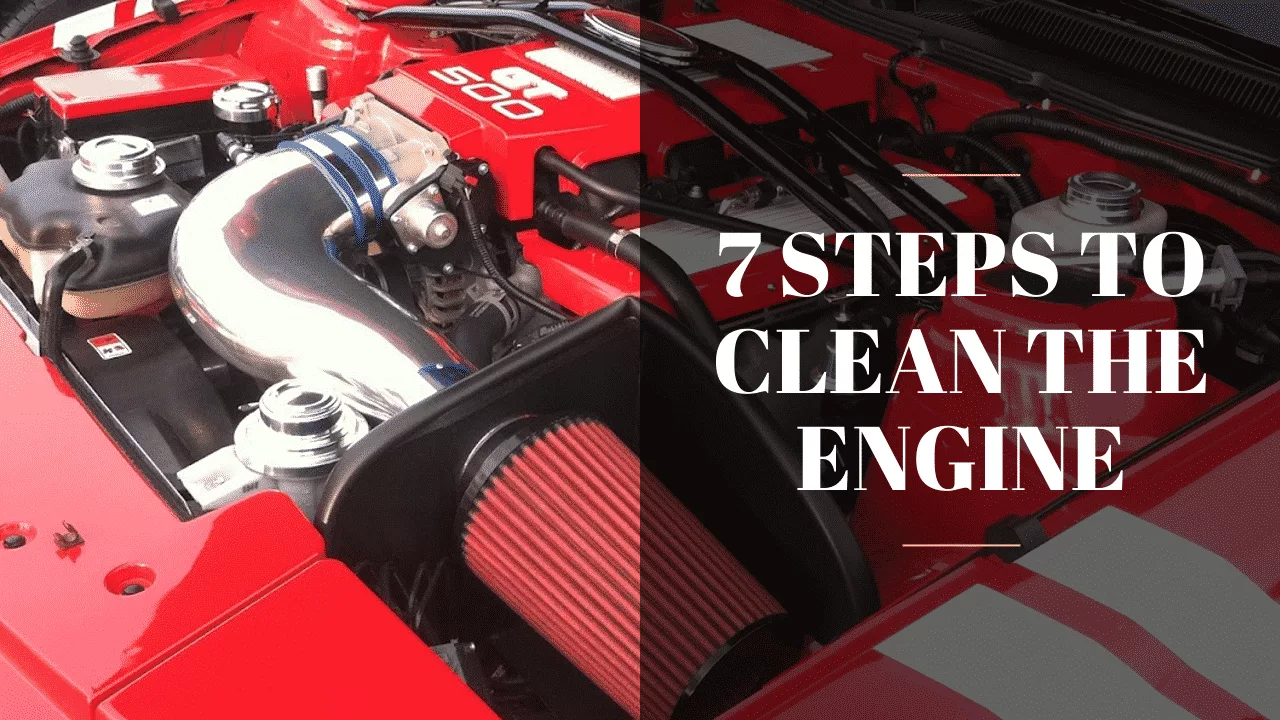Transmission Problems?
What are the signs of transmission problems? Whether you drive a Ford Focus, Nissan Murano, BMW 750i, Honda Odyssey, or Accord, the following 6 indications are positive signs something is happening.
- Excessive High RPM Shifting – If your vehicle is having problems shifting from 1st gear to 2nd gear. The engine may also try to force itself out of 1st gear in order to speed up the shifting process. If this happens often and occurs at higher speeds there is more than likely an issue.
- Slow Shifting Time – If your car is shifting from 1st to 2nd gear (or any gear for that matter) much slower than usual, you may have a problem. This can also be an indicator of a blown fuse in the electrical system or a bad shift solenoid.
- Jerky Shifting or Won’t Shift Into Gear at All – If the car shifts very quickly into 1st gear and doesn’t change gears. This happens because the transmission thinks there is a problem and it won’t even attempt to shift out of fear for further damage. This is usually accompanied by other issues such as a blinking check engine light and/or fluid leakage. This sign is not good and is definitely an indication that service is needed.
- Slipping Out of Gear – If your vehicle is having trouble staying in gear when accelerating hard, chances are there is something bad happening. When this happens it can be very dangerous and should be checked ASAP!
- Transmission Leakage – If you see an abnormal amount of transmission fluid on the ground, there is a good chance you’ll find other symptoms like damaged outer casing or metal material in the fluid leaking out.
- Whining Sound – This is generally caused by metal-to-metal contact or bad bearings. The only way to know for sure is to have a professional diagnose your vehicle as soon as possible.

If you experience any of the above symptoms, it is important that your car be fixed, or problems could get worse. Transmission repairs cost less than replacing an entire transmission.
Are the signs of a bad transmission different between a manual clutch and an automatic one?
The signs of transmission problems are slightly different between a manually shifted car and an automatic.
If you have an automatic car it is possible that the gear shift will slip from one gear to the next. If you have a standard or clutch-driven vehicle. With the car off, put it into neutral. Then take your hand and try to push it forward as if engaging the clutch. If you experience a grinding feeling, this could be a sign of transmission problems.

What causes transmission problems?
There are many reasons why your transmission may be experiencing problems.
- Water & Dirt – If any water or dirt is forced into the inside of a transmission it could cause major damage over time and result in a busted transmission that needs to be replaced. Most transmissions have their own self-lubricating oil, but if it gets wet or has foreign debris in it, the results could be devastating causing internal damage to crucial components.
- Neglect – Not having the transmission flushed at the correct mileage. If you fail to get your car serviced on time, the inside components can accumulate a lot of dust and grime. This could lead to serious problems with shifting gears.
- Driving on Rough Roads – If you regularly drive on rough roads or heavily jagged areas, it could lead to damage of the transmission. The shifting components may get damaged easily if they are not lubricated correctly and/or becoming very worn down over time.
- Short Trips – Do you frequently make short trips? If you do, chances are your transmission is becoming worn down quickly. It takes a lot of force to shift gears (especially if they are at higher RPMs). By driving short distances, you’re basically beating up your transmission.
- Stop and Go Driving – Driving in heavy traffic that’s constantly stopping and starting, like driving in cities. This can produce more heat within the transmission making it harder for the fluid to do its job and lubricate critical components.

What can you do to avoid transmission problems?
Drive as little as possible if you start to notice the signs listed above. It’s best to bring it into a shop as soon as possible so they can determine the problems and how much it will cost for repairs.
It’s important that you get your vehicle serviced when the mileage reaches around 30,000 miles. This could be different depending on your vehicle’s make, so check with the manufacturer to know what is recommended.
How to know transmission fluid is bad
If it’s been more than 50,000 miles since the fluid was last flushed out, then more than likely, the fluid is either bad or going bad. Check the color of the transmission fluid. It should typically be a light brown or reddish color. If it is darker in color or dirty looking, chances are it’s very bad and needs attention right away.
Dealer or Transmission Specialty Shop
Should a dealer perform the transmission service or a mechanic at a specialty shop like AAMCO or Eagle? This can be a difficult question. There are some benefits and risks to both options.
- Benefit: Warranty Repair – When a dealer handles the transmission service, it may be covered under your warranty since they are the manufacturer’s representative in that area. This means if there’s ever an issue with your transmission after the service was performed, you can take it back to the dealer and they will take care of any repairs under your warranty.
- Risk: Higher Cost – Dealers are notorious for having higher prices than most repair shops. If you go with a dealer, know that usually means more money out of your pocket because they mark up their parts and labor costs.

What are typical warranties for replacement transmissions?
Warranties will vary depending on the vehicle manufacturer. In general, they’re going to be around 3-4 years or 100,000 miles. I’ve seen higher, but that’s not normal.
In summary, it’s easy to forget about regular maintenance on our vehicles, but any technician will tell you it’s simple maintenance that matters. Delays in service can cause your car’s transmission to break down, which can be expensive. Simply have your transmission serviced regularly and be aware of the signs that your vehicle may need those services. If you catch the problems early enough, then you can save yourself some time and money on repairs down the road.






